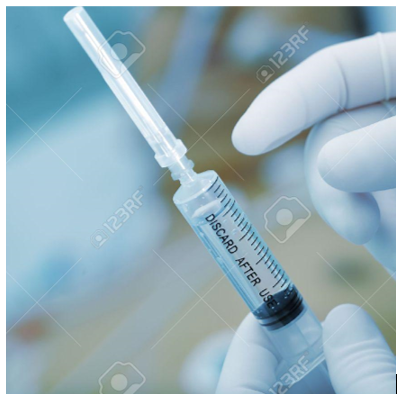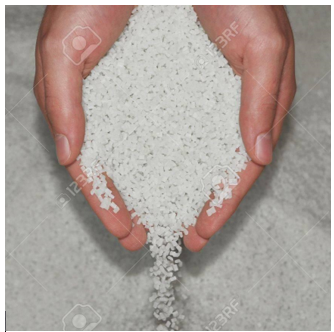How the pandemic changed the plastic manufacturing industry
The coronavirus disease (COVID-19) that arose in 2019 was highly infectious and affected large numbers of the global population. Among many things, this led to the decrease in productivity around the world and affected almost all producing industries. In this article, we explore the few significant ways in which Covid has affected the plastic manufacturing industry.

Increased demand
The outbreak of the Covid-19 pandemic has led to an increased demand for plastics particularly in the healthcare sector and in personal protection equipment (PPE) equipment, such as gloves, medical masks, respirators, goggles, face shields, gowns, and aprons, to prevent the infection of healthcare and other workers, and contain the transmission of the virus in the general public.
Plastic packaging has also experienced a marked increase in demand through significant changes in consumer buying behaviour. Particularly, due to government mandated lockdowns and social distancing, there was a boom in online shopping and food-takeaway, which has led to an upsurge in the amount of plastic packaging used.
Supply shortages
Due to the significantly increased demand for plastic raw materials globally, supply has been attempting to catch up, creating shortages in many plastic manufacturing sectors. The effects of the pandemic also affected these shortages in many ways, which led to tight supplies, historically high prices and delivery delays.

Logistics disruption
International shipping is unable to reallocate significant volumes of plastics and plastic raw materials. Dramatically reduced air service due to country-imposed restrictions has limited the availability of air freight capacity in passenger flights while sea freight is experiencing a shortage in containers. Dedicated air freight carriers have been unable to compensate for this loss of air cargo capacity.
Congestion at seaports is a critical logistics disruptor, and this congestion has several facets. The main reason behind these ripple effects is Covid safety measures and the increased terminal restrictions put in place for Covid prevention measures. The cascading effect of logistics problems limits the movement of plastics between markets.

Rise of 3D printing
The shortages caused by the massive increase in medical equipment needed around the world required a novel solution. There was a need for an easy, low-cost and rapid fabrication of equipment. To address this shortfall, manufacturers have turned to 3D printing to fill the gap and increase the production line of medical devices. The accessibility and fast prototyping capabilities of 3D printing have crucially helped the global shortages of medical and protective equipment by allowing the designing and production of preventive, diagnosis and treatment devices from brainstorming to implementation instantly. This inspired the launch of our subsidiary 3D printing manufacturing company, Gaia Pebbles Sdn Bhd.
With vaccination rates rising globally, it is predicted that Covid will have less of an effect on the general workforce and thus production in industries will eventually return to their optimal levels. The period of the pandemic has allowed industries to implement policies and procedures that safeguard people whilst finding a balance in productivity. Moreover, the demand for medical equipment will still be high due to these same policies.
Despite facing various business challenges due to the COVID-19 pandemic, Gaia Plas continues to be resilient and continuously pushes boundaries to innovate and excel.




